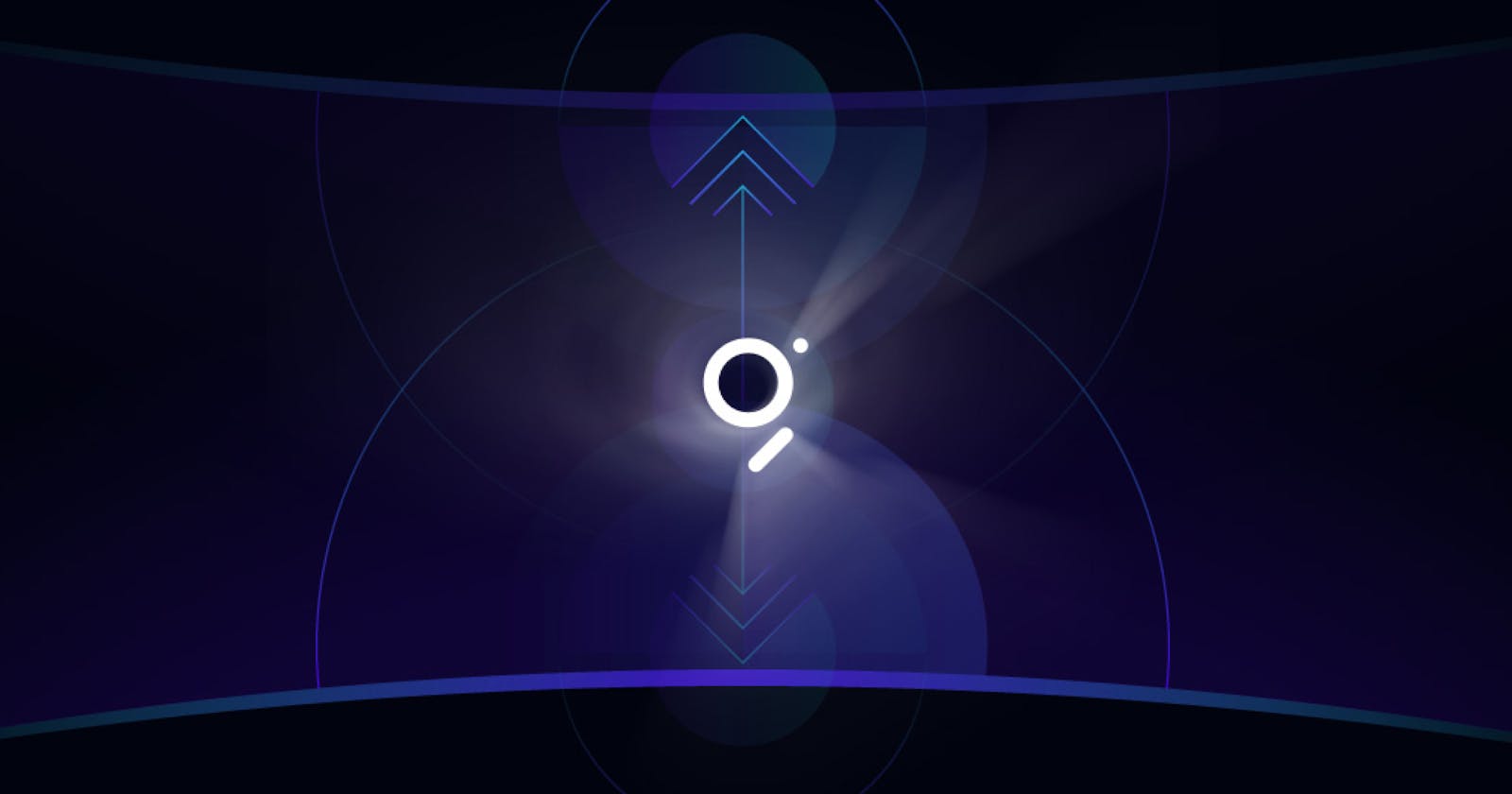The Graph Protocol: Decentralized Data Indexing's Potential.
Revolutionizing Blockchain Networks Through Decentralized Data Indexing.
WHAT IS THE GRAPH:
The Graph is a decentralized protocol for "querying and indexing data" - a process of extracting, organizing and making searchable the data that is stored on a blockchain. While the immutability of blockchain data is a valuable feature, it also makes it challenging to search and retrieve specific data points.
The Graph is like a search engine for blockchains. It's a tool that helps you find information stored on different blockchains. Just like Google organizes web pages to help you find what you're looking for, The Graph organizes blockchain data so you can search for it.
When developers (like yourself) use The Graph, they can quickly get the data they need from blockchains. This is important for making dapps that work on these blockchains.
To fetch the data using The Graph, people need to pay with a utility token called GRT.
One thing The Graph is used for is the world of decentralized finance (DeFi) by helping developers get data from the blockchain for DeFi apps.
The Graph makes it easier for developers to make frontends for apps for NFT marketplaces. Some projects, like Bored Ape Yacht Club, have data on blockchains. But it's tough to get specific information from them. The Graph helps with this. For example, if we want to know about certain apes owned by someone, it's hard to find that directly from the blockchain. The Graph makes this kind of searching quicker and easier.
HISTORY OF THE GRAPH:
The Graph was founded by Jannis Pohlmann, Yaniv Tal and Bradon Ramirez in 2018. They wanted to make a decentralized system that makes it easy for developers to get data from blockchain networks.
A group which is now called Edge & Node, came up with the idea to create The Graph's ecosystem. The project's token and the decentralized protocol were launched at the end of 2020.
WHAT PROBLEMS DOES THE GRAPH SOLVE:
The Graph allows developers to access specific data points on the blockchain without having to surf through the entire blockchain. Thereby saving time and energy and avoiding resource-intensive tasks.
With The Graph, developers can create subgraphs that index all the transactions associated with a particular data. The subgraph can be queried to quickly retrieve the relevant transaction data, making a dapp much more efficient and user-friendly.
Furthermore, due to its distribution across nodes, The Graph guarantees security and transparency beyond the reach of centralized indexes. The utilization of a decentralized network for indexing and searching blockchain data greatly diminishes opportunities for cybercriminals to compromise the system.
WHAT ARE SUBGRAPHS:
Subgraphs are lines of code that tell the Graph-Node (the software component) what data to look for in the blockchain. The Graph-Node then makes the data and loads it into a PostgreSQL database, making it available via a GraphQL API.
In my next article, I will be publishing a technical article on how to create and deploy a subgraph.
In conclusion, as we navigate the dynamic landscape of blockchain technology, The Graph stands as proof of the power of decentralization by enhancing accessibility, efficiency, and security within the realm of data indexing and querying. Its transformative impact reverberates through various sectors, promising future blockchain-based applications that can flourish seamlessly and inclusively.
